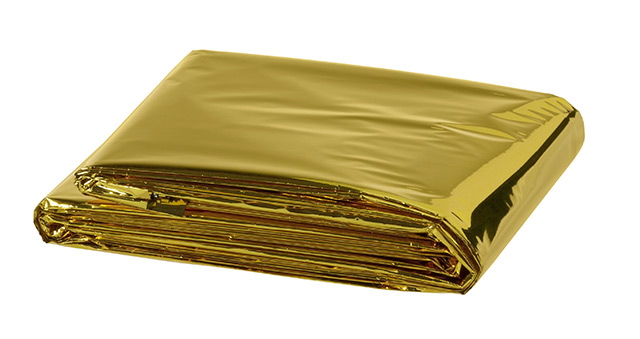02/18/2018 / By David Williams
Wearable technology has certainly come a long way ever since they first hit the mainstream market a few years back. But even now, researchers from all over the world are working to reinvent it in ways that will give users more benefits at much lesser costs. The latest advancement in the world of wearables comes in the form of a so-called “editable supercapacitor” which is said to be a highly customizable version of the conventional capacitor that you may be familiar with. Designed as a fabric-like material by researchers from Singapore, it can be cut, folded, and even stretched all while retaining its core functions.
The study, which was led by professor Chen Xiaodong, an associate chair at the School of Materials Science and Engineering from the Nanyang Technological University, Singapore (NTU Singapore), details the creation of the new material which is referred to as a wearable power source – a supercapacitor – and acts like a fast-charging battery that can be recharged over and over again.
The advantage behind the editability of the supercapacitor is said to be enhanced versatility and ease of use. It is said that the supercapacitor’s design involves having a structure and shape that can be changed at will even after it has already been manufactured. At the same time, it is able to retain all of its properties and continue to serve its main function as a power source despite all of the different changes that have been done to it. It should be noted that stretchable supercapacitors already exist, and they can be manufactured in certain ways then later changed as well. But the new kind created by the researchers in this study offers the ability to stretch multi-directionally, along with a lower likelihood of being mismatched when connected to other electrical components.
According to professor Chen, the implications of their study and subsequent creation could be far-reaching. “A reliable and editable supercapacitor is important for development of the wearables electronics industry,” he explained. “It also opens up all sorts of possibilities in the realm of ‘Internet-of-Things’ when wearable electronics can reliably power themselves and connect and communicate with appliances in the home and other environments.”
The editable supercapacitor created by the researchers has some pretty interesting properties. For one, it can be edited into a honeycomb-like structure that is said to offer the ability to store up to four times higher electrical charge than most existing stretchable supercapacitor solutions. It’s also designed to stretch up to four times its original length while maintaining up to 98 percent of its initial ability to store electrical energy – and this was true even after 10,000 stretch-and-release cycles, according to the researchers.
Further experiments conducted by the researchers paired the editable supercapacitor with a sensor, then attached it to a human user. In tests, it was found to perform better than other existing stretchable supercapacitors – it was able to provide a steady stream of signals even when in use on a moving user’s swinging arm, and do it wirelessly, at that.
For now, it looks like the new structure created by the researchers could have game-changing consequences. It will be interesting to see where they take it from here.
Learn more radical inventions by visiting Inventions.news today.
Sources include:
Media.NTU.edu.sg
AlphaGalileo.org





























